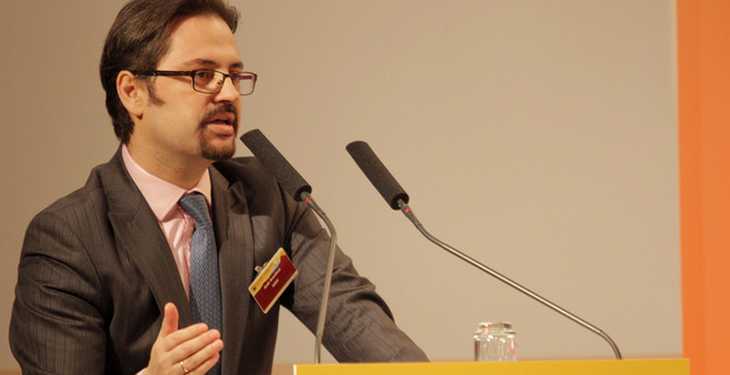Romania, Bulgaria and the CEE countries (Hungary, Poland and The Czech Republic) are no longer attractive for investors in renewables as they have met their national targets, and therefore financiers look for neighbouring regions for new projects, told energynomics.ro Andi Aranitasi – associate director, senior banker with the Power and Energy Utilities Team, EBRD.
Instead, EBRD financed in Romania and the mentioned-region other key areas such as the energy distribution sector.
“We’re looking at the CEE region, but countries such as Romania, Poland and Bulgaria, have achieved their 2020 targets. Instead, we’ve financed distribution here”, he says.
The EBRD financed more renewable projects in Greece, Turkey, Serbia and Egypt. The latter country benefited from a co-financing for a 160 MW solar park last month.
”We financed two large wind farms in Serbia, of a total of 230 MW, we financed the expansion of a geo-thermal facility in Turkey, that would become a 265 MW farm, one of the largest geo-thermal facilities in the world, and we’re financing various smaller wind farms in Greece,” he told energynomics.ro.
EBRD also finances the first two solar projects in Kazakhstan, of some 50 MW each, and also financed the only two wind farms in Mongolia.
Also, Romanian green energy projects do not get enough attention due to the high cost of capital, in Germany, the capex (debt plus equity cost) being of just 4%, while in Romania, of some 10%, industry pundits explained.
Meanwhile, the financing need of a green farm decreased.
“They decreased quite a lot. I remember that back in 2010 the investment in one MW of solar was of anywhere between 6 and 8 million USD. Now the cost is of 1.2-1.3 million USD per MW, especially with the Chinese offering cheap equipment, of some 100,000 USD pee MW, in other words the cost went down 6-7 times or so. For wind, the change has not been that dramatic, but again, I remember looking at the industry in 2008- the cost was of 1.5-1.6 million EUR per MW, while now decreased to less than 1.1-1.2 million per MW of capacity installed – gained 30-40%”, he says.
While there are countries still offering hefty subsidies for green energy, they may not be yet as competitive as other energy sources such as hydro, but not as much subsiry-relying such as coal.
Aranitasi says that wind and solar may be competitive in the region, including Romania, at a price of 35-40 euro per MWh.
“Not in every country. As technology costs come down, and efficiency improves, it is more possible for them to be competitive. And again, we come to the question of how much subsidies the fossile fuels get? Because we are trying to compare two different things.”
Fossile fuels cost also in terms of emissions and air polution, which reneweables don’t have. That cost will reflect in carbon certificates, and in higher costs for society in general, he concluded.

